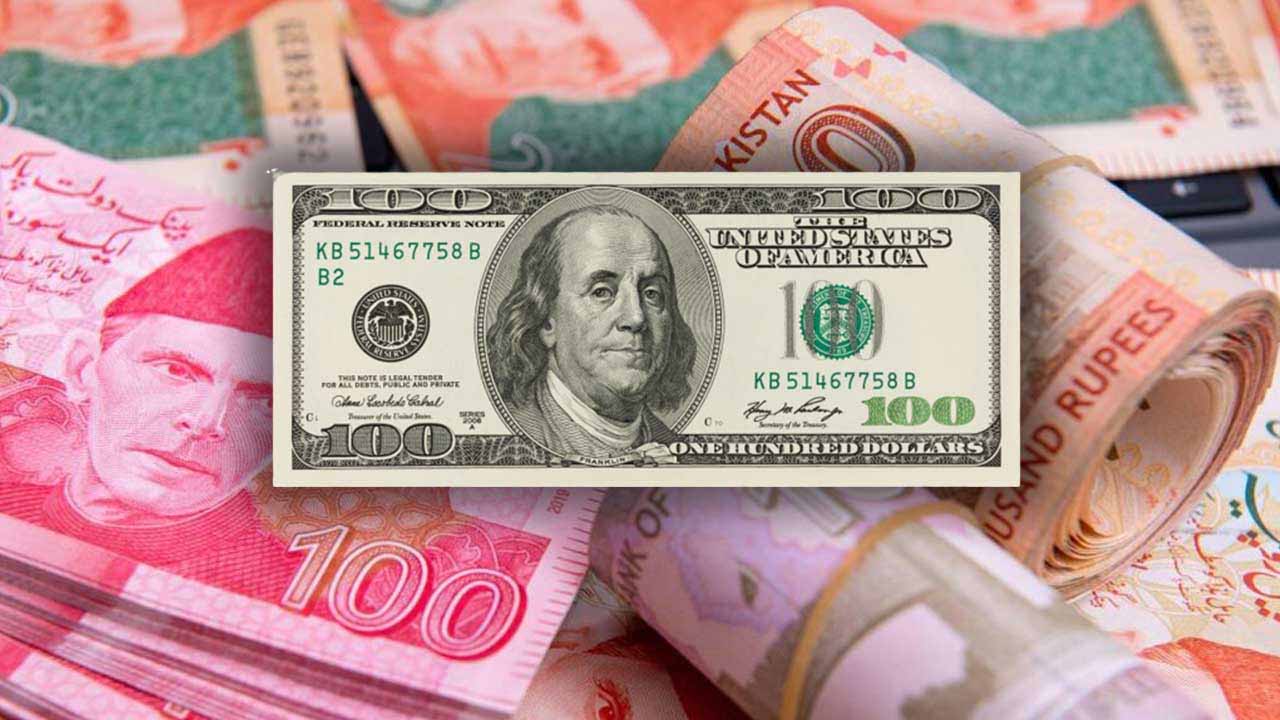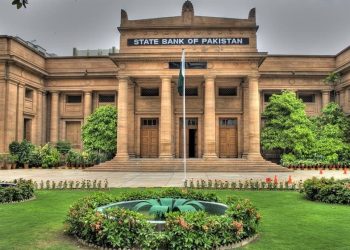The Pakistani rupee crashed through the 300 mark on Thursday, trading at a historic low of 300.37 against the US dollar in the interbank market, according to statistics from the Exchange Companies Association of Pakistan (ECAP).
The pressure on the local currency has intensified as demand for the US dollar has increased as a result of the loosening of import restrictions and the rising risks connected with funding the country’s current account deficit.
The currency dipped to 299.64 per USD on Wednesday, down 0.21% from Tuesday’s close of 299.01.
Dr Khaqan Najeeb, an economic expert and former adviser to the finance minister, said that the pressure from the discharge of already parked containers, as well as falling exports and remittances, is producing a dollar liquidity constraint in the economy.
He added that the interbank market is also attempting to catch up with the kerb market, as Pakistan has agreed to a structural benchmark with the International Monetary Fund of keeping the two markets with a differential of no more than 1.25% on average every five days.
“The open markets are also supply constrained, but demand remains high because a portion of imports that are not fulfilled by the interbank market are also fulfilled at the kerb market, and because of dollarisation because many people believe that the dollar is a storer value and best to hold.”
The expert also stated that monetary policy has fallen short in terms of influencing people’s desire to maintain the rupee.
He noted that interbank inflows must increase, as this is the greatest method to ensure that the Pakistan rupee tends to stabilise.
“Also, certainty on the economic plan and future planned inflows will help, as the next tranche may not be due in the coming months,” he added.






